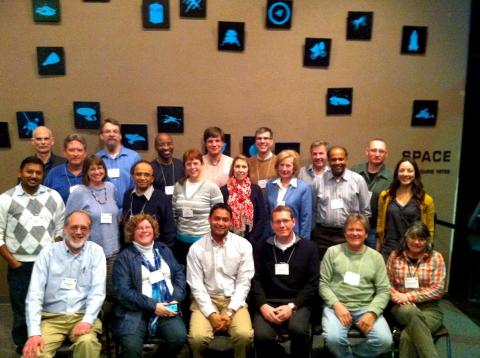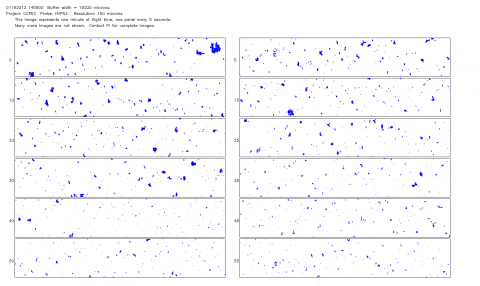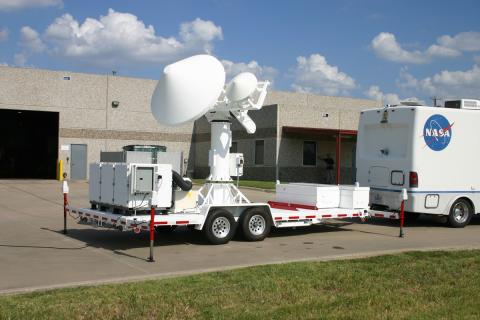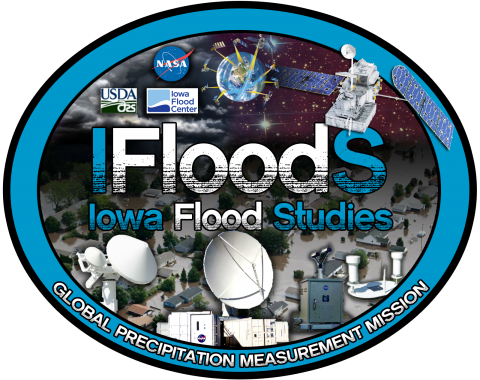
Dr. Rahul Ramachandran (NASA MSFC, GHRC DAAC Manager) and Helen Conover (UAH, GHRC DAAC Operations Manager) attended the DAAC Managers’ Meeting at NSIDC in Boulder, CO, February 25-27. This focused meeting afforded the DAAC Managers and ESDIS an opportunity to share ideas about new approaches and common concerns among the DAACs.









